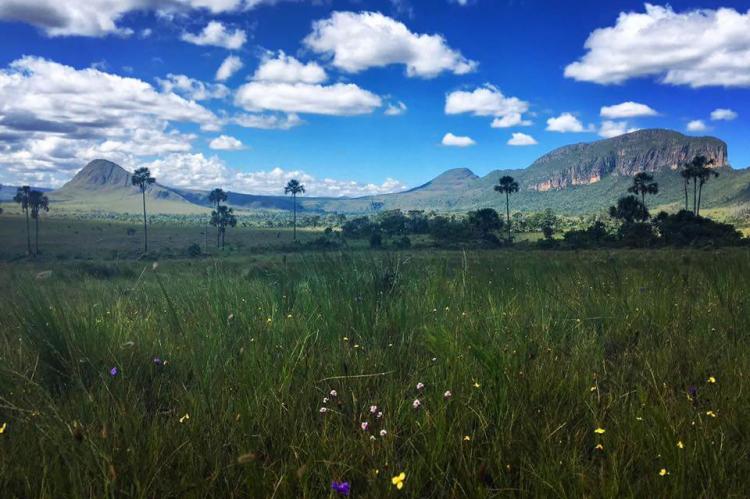The Cerrado Biosphere Reserve: A Jewel of Brazilian Biodiversity
The Cerrado Biosphere Reserve, spanning across the Brazilian states of Goiás, Tocantins, Maranhão, Piauí, and the Federal District, encompasses the vast and diverse Cerrado biome. This reserve covers a quarter of Brazil's land area, highlighting its natural heritage and ecological significance.
The Cerrado Biosphere Reserve: A Jewel of Brazilian Biodiversity
The Cerrado Biosphere Reserve, spanning across the Brazilian states of Goiás, Tocantins, Maranhão, Piauí, and the Federal District, encompasses the vast and diverse Cerrado biome. Covering a quarter of Brazil's land area, this reserve is a testament to the country's rich natural heritage and ecological significance. Designated by UNESCO, it is one of several Brazilian Biosphere Reserves alongside the Atlantic Forest, Pantanal, Caatinga, and the Central Amazon.
Ecological Diversity and Landscape
The Cerrado biome, often called Brazil's "cradle of waters," is characterized by its unique vegetation, including dense savanna woodlands, short trees, bushes, and grasslands. Its diverse landscapes offer a myriad of ecosystems within the reserve. The Cerrado showcases unparalleled biodiversity, from natural grasslands and savannas to palm swamps and forests adorned with streams and waterfalls. Noteworthy ecological features include the upland grass beds of Chapada dos Veadeiros and the wetlands of the Paraná River valley.
Biodiversity Hotspot
The Cerrado is considered one of the world's biodiversity hotspots, housing an astonishing array of flora and fauna. It is estimated to contain around 10,000 plant species, many of which are found nowhere else on Earth. The biome is also home to diverse animal species, including jaguars, giant anteaters, maned wolves, and many bird species. The Cerrado's rich biodiversity and unique ecosystems make it a globally significant area for conservation.
Conservation Efforts and Economic Alternatives
Conservation initiatives within the Cerrado Biosphere Reserve aim to restore altered areas and create ecological corridors to safeguard its unique biodiversity. A significant aspect of these efforts is the promotion of economic alternatives that ensure sustainability while supporting local communities. The Cerrado Fruits Project, led by Timbira communities and regional partners, exemplifies this approach. By collecting, freezing, and packaging native fruits such as cashew, bacury, buriti palm, and hog plum, this project generates income and contributes to biodiversity conservation and economic sustainability within the reserve.
Management and Scientific Support
Management of the Cerrado Biosphere Reserve operates under a consortium system involving various stakeholders, including economic, rural planning, and conservation entities at the state level. Scientific support from numerous universities and institutions is crucial in informed conservation and sustainable development decision-making. This collaborative approach ensures that conservation efforts are well-informed and community-driven, fostering responsible environmental stewardship.
Conclusion: A Model of Environmental Stewardship
In conclusion, the Cerrado Biosphere Reserve is a jewel of Brazilian biodiversity, showcasing the country's commitment to conservation and sustainable development. Through its diverse landscapes, conservation initiatives, and economic alternatives, the reserve embodies a model of responsible environmental stewardship. As efforts persist in exploring and appreciating the wonders of the Cerrado, it is essential to maintain a steadfast commitment to preserving this invaluable natural heritage for generations to come.
